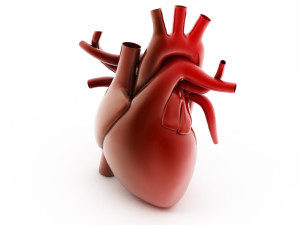 This question comes up all the time in the evaluation and care of pulmonary hypertension patients. We have received a number of questions from readers asking about whether a heart catheterization is needed. I thought it might be useful to review some basics about right heart catheterization. Below are some commonly asked questions about the procedure.
This question comes up all the time in the evaluation and care of pulmonary hypertension patients. We have received a number of questions from readers asking about whether a heart catheterization is needed. I thought it might be useful to review some basics about right heart catheterization. Below are some commonly asked questions about the procedure.
1. Do I need to have a right heart catheterization in order to be diagnosed with pulmonary arterial hypertension?
Absolutely. There is no alternative diagnostic test to confirm the diagnosis of pulmonary arterial hypertension. An echocardiogram can suggest the diagnosis but you should not be started on treatment until you have had a right heart catheterization. All too often I have seen good intentioned physicians start patients on PAH medicines prior to heart catheterization only to learn later that the patient did not have PAH. This exposes you to the risk of inappropriate medications and the cost of unneeded therapies.
2. Do I need to have a left heart catheterization if I am having a right heart catheterization?
No. The right and left heart catheterization procedures are entirely separate procedures. A left heart catheterization looks for blockages in the blood vessels that supply your heart (Coronary Artery Disease). A right heart catheterization measures pressures and flows in your heart and pulmonary arteries. In most circumstances these separate procedures have different indications and should not be automatically linked. Left heart catheterization should not be done “just because we are there”. The most common indication for left heart catheterization includes an abnormal stress test suggesting coronary artery disease. A right heart catheterization is performed to evaluate for pulmonary arterial hypertension.
3. How often should I have a right heart catheterization?
There is no single answer to this question. Different doctors who are equally expert in the care of PAH patients will give you different answers. In my practice, I perform a right heart catheterization annually in patients who are on continuously infused pump-based treatments like Remodulin (Treprostinil) or Flolan (Epoprostenol). In patients on oral therapies who are doing very well, I might repeat a right heart catheterization every one to two years (or even less often if all their data is reassuring). In patients who have congenital heart disease as the cause of their PAH and who have not had their congenital heart disease repaired, I rarely repeat the procedure. If a patient is declining, I will often repeat a right heart catheterization. If I am considering a major change in therapy I will also consider repeating a right heart catheterization.
4. Are there any alternatives to right heart catheterization?
The goal of right heart catheterization is to evaluate how the right side of the heart is performing and how the pulmonary arteries are functioning. We have a variety of tools to evaluate a PAH patient. These tools include talking to our patients, examining them, six minute walk test, blood tests, echocardiography, and in some settings magnetic resonance imaging (MRI). However, none of these other tests provides the exact same information as does the right heart catheterization. Perhaps in the future as we continue to make progress in refining our diagnostic tools, right heart catheterization will play a less central role.
